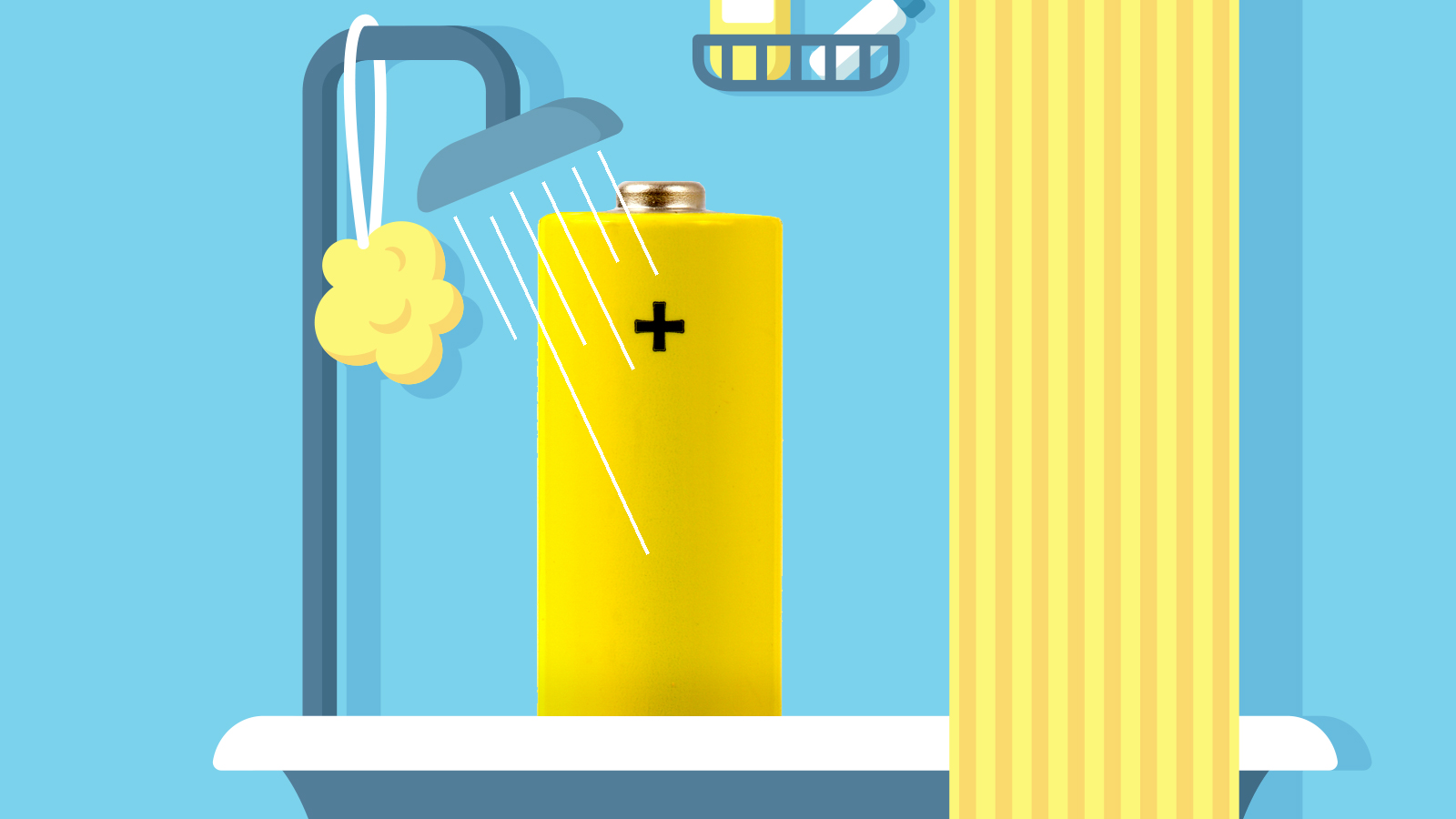Good news for environmental sustainability, the cost of batteries, and the loofah market: Researchers from China and Australia have improved rechargeable-battery capacity by adding some bits of modified loofah sponge to lithium batteries.
In a standard rechargeable battery, lithium ions move from a negative electrode to a positive electrode. And in newfangled batteries like lithium-sulfur and lithium-selenium batteries, the materials inside the positive electrodes — electroactive materials like polysulfide and polyselenides — tend to dissolve over time, as the batteries are recharged and the electrons scoot back to the negative electrode.
This is where the loofahs come in.
Scientists have long been searching for a way to keep the electroactive materials in the electrode. And what better sponge than a sponge? In designing a spongey blocking layer — derived from a loofah — between the positive electrode and the rest of the battery, the researchers extended the batteries’ capacity.
Other researchers have experimented with blocking layers made of bamboo, eggshell, and bacterial cellulose. Loofah sponge, for its part, is mostly lignin (a chief ingredient in wood) and a few types of cellulose.
The advance could bring us one step closer to meeting the energy needs of electric cars and a stable, renewable-powered grid.
There’s probably some kind of sponge/battery joke to be made, but I’m feeling a little wrung out and need to recharge.



